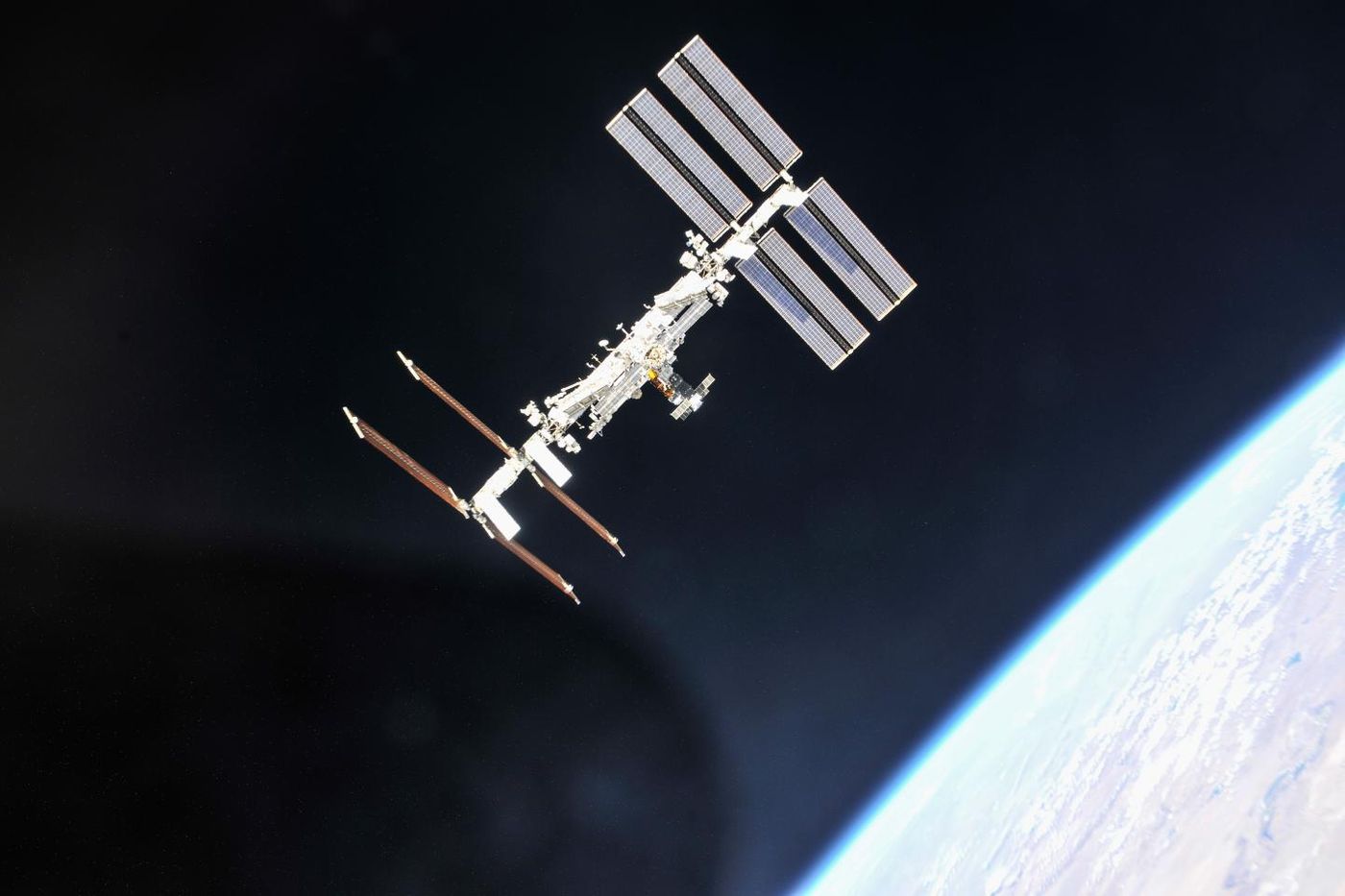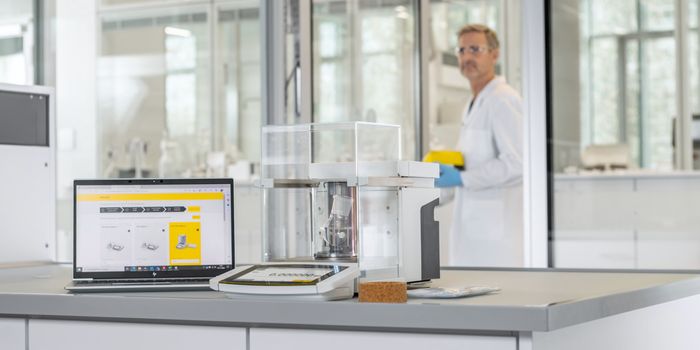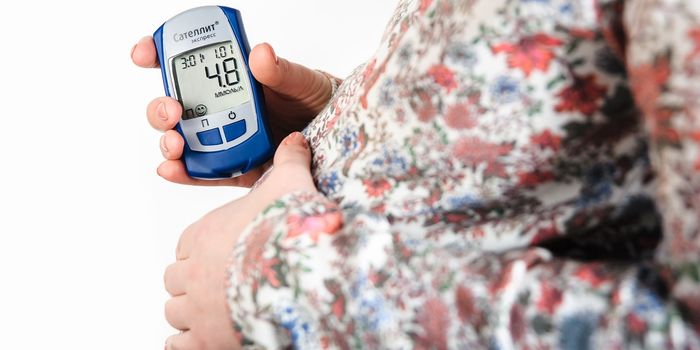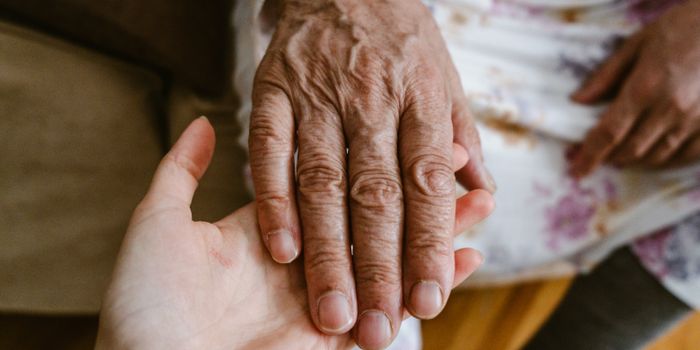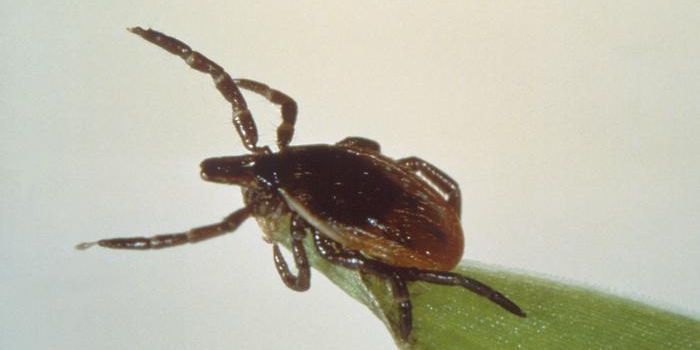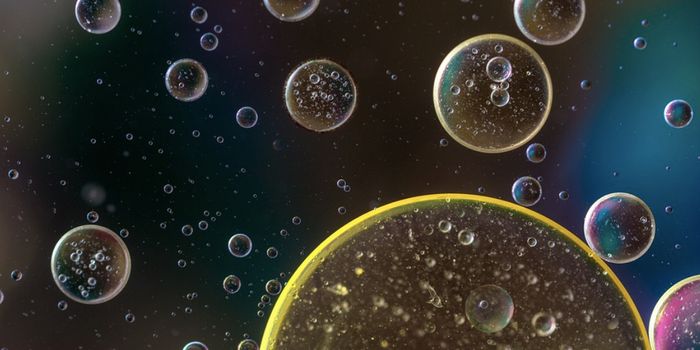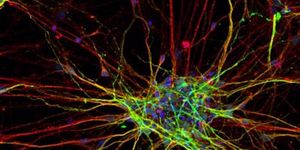Microorganisms that end up on the International Space Station (ISS) just do their best to survive, researchers at Northwestern University have found. The environment on the ISS is not pushing microbes to mutate into virulent or antibiotic-resistant bugs, they determined. Although bacteria found on the ISS do carry genes that are different from their earthbound counterparts, these new genes are not creating dangerous bugs, they’re just responding to their environment and trying to live. The findings have been reported in mSystems.
"There has been a lot of speculation about radiation, microgravity and the lack of ventilation and how that might affect living organisms, including bacteria," said the study leader Erica Hartmann, an assistant professor of environmental engineering in Northwestern's McCormick School of Engineering. "These are stressful, harsh conditions. Does the environment select for superbugs because they have an advantage? The answer appears to be 'no.'"
This research is not only important to astronauts that travel on shuttles or stay onboard the ISS for months. It’s also relevant to tourism efforts that will take people to space, or potential missions to Mars.
"People will be in little capsules where they cannot open windows, go outside or circulate the air for long periods of time," noted Hartmann. "We're genuinely concerned about how this could affect microbes."
The ISS has plenty of microbial passengers on board, which have hitched a ride with astronauts or stowed away in the cargo. A freely accessible database maintained by The National Center for Biotechnology Information contains genetic data from many of those microbes. In this study, the researchers utilized that database to compare two strains of bacteria that live on Earth and have been found on the ISS, Staphylococcus aureus and Bacillus cereus.
"Based on genomic analysis, it looks like bacteria are adapting to live, not evolving to cause disease," said the first author of the work Ryan Blaustein, a postdoctoral fellow in the Hartmann lab. "We didn't see anything special about antibiotic resistance or virulence in the space station's bacteria."
In an effort to survive on inhospitable surfaces, bacteria might mutate, or microbes that carry genes that enable them to get by are the ones that last. For ISS microbes, those genes might help the microbes deal with stress, gather nutrients, grow and live in a harsh place.
"Bacteria that live on skin are very happy there," Hartmann said. "Your skin is warm and has certain oils and organic chemicals that bacteria really like. When you shed those bacteria, they find themselves living in a very different environment. A building's surface is cold and barren, which is extremely stressful for certain bacteria."
The researchers point out that while their study is good news for astronauts and space tourists, it’s still possible for sick people to spread virulent bacteria around space shuttles and stations.
"Everywhere you go, you bring your microbes with you," Hartmann explained. "Astronauts are exceedingly healthy people. But as we talk about expanding space flight to tourists who do not necessarily meet astronaut criteria, we don't know what will happen. We can't say that if you put someone with an infection into a closed bubble in space that it won't transfer to other people. It's like when someone coughs on an airplane, and everyone gets sick."
Learn more about why researchers study space bacteria from the video above. In the video below, learn more about what happens when someone does get sick in space.
Sources: AAAS/Eurekalaert! via Northwestern University, mSystems
-
APR 30, 2024Immuno-Oncology Virtual Event Series 2024
-
MAY 07, 20243rd International Biosecurity Virtual Symposium
-
SEP 03, 2024Microbiology Week Virtual Event Series 2024
- See More
